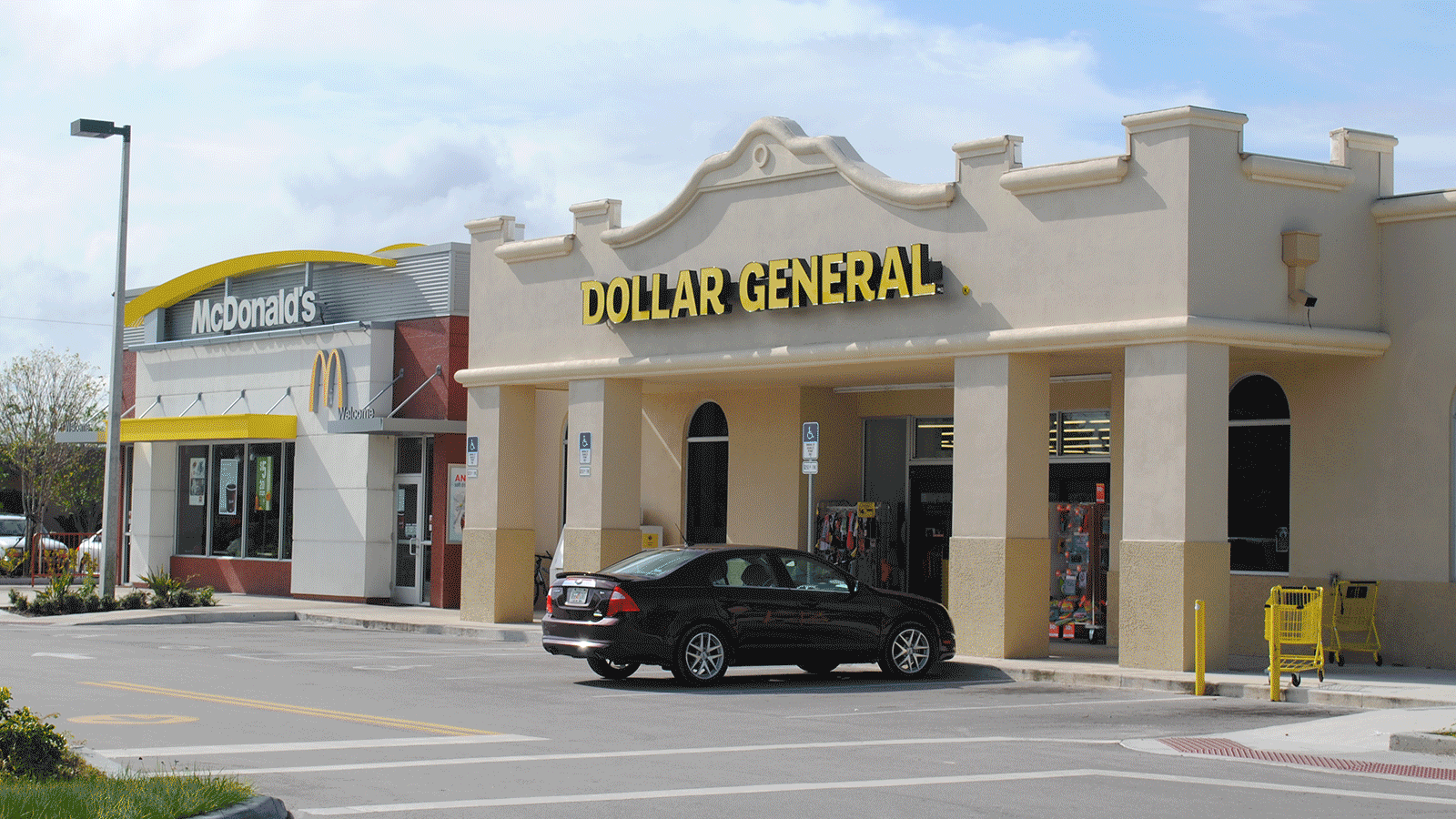Public art can do more than add personality and beauty to a space — it can change the way people behave, bring the community together and avoid the resistance other changes to city policy face. It’s time to stop overlooking this powerful and accessible tool and start making our towns stronger, one bucket of paint at a time.
Read MoreDesigning urban spaces for people starts by taking seriously our need for delight and comfort.
Read MoreThe process of getting a new development approved often yields results that make no one happy. However, there is an opportunity here to be more assertive about your community’s vision.
Read MoreA cautionary tale on rain gardens.
Read MoreWhy does multifamily housing has the same, copied look in most places?
Read MoreIt’s not difficult to have good urban design, the kind that respects neighbors and the neighborhoods they live in. It’s actually a lot less work than the processes we use to administer the suburban zoning codes we have today.
Read MoreIt’s important to build safe and productive streets, but how do we ensure those streets are a place people want to be and live in?
Read MoreGood urbanism doesn’t have to mean large apartment buildings or an immaculate row of brownstones; the ad-hoc version on display in this Florida neighborhood is more relevant as a model of adaptation for the rest of us.
Read MoreBeing human means being connected to place. So why have we stopped seeing our places as extensions of ourselves, of our homes, and of our values?
Read MoreThese buildings—all built within the past 20 years in the U.S. and Canada—show that we can still create things of beauty, and that gives us something to look forward to (and to fight for)!
Read MoreIf you value the end state of a walkable, diverse, dynamic place with a lot of local character, then you must also value the process that gets you there.
Read MoreDesign affects us in a multitude of ways, and when we look to nature as inspiration for designing the built environment, the core takeaways are: adaptation and incrementalism.
Read MoreIf we don’t dismiss Las Vegas as just a tacky tourist trap, what can we learn from its architecture?
Read MoreThe work of this small-scale developer shows why cities shouldn’t be so restrictive about building in their own vernacular.
Read MoreSoftware engineers don’t design user interface, so why do we let civil engineers design streets?
Read MoreThe same design principles behind Japanese gardens can make the building of resilient and financially strong places into a joy, rather than a burden.
Read MoreWe must start adapting our architectural designs to the instincts of our species, rather than the other way around.
Read MoreWhen it comes to housing, do aesthetics have to come at the cost of affordability?
Read MoreWe get the density and the height, but not much action. Some of the form, none of the function.
Read MoreAdvancements in cognitive science are challenging how we think about urban design.
Read More



















